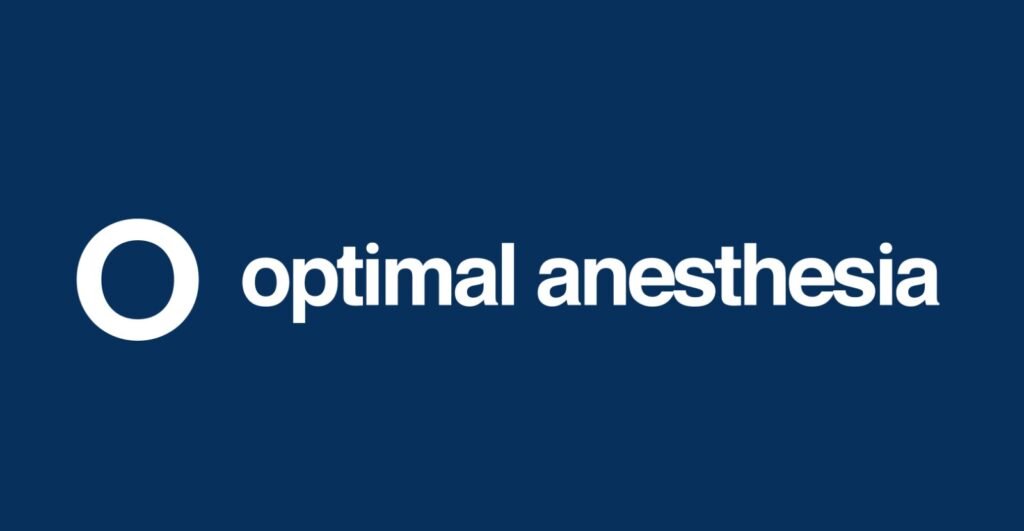Hiccups, medically known as singultus, are typically regarded as minor annoyances in our daily lives. However, when they occur during medical procedures under anesthesia, they can present challenges for both patients and healthcare providers. In this article, we will delve into the definition of hiccups, their causes under anesthesia, the reflex pathway responsible for hiccups, and the various treatment options available for managing this unexpected hiccup phenomenon in the operating room.
What Is a Hiccup?
A hiccup is defined as an episodic spasm of the diaphragm and intercostal muscles, followed by the closure of the vocal cords. During a hiccup, the diaphragm contracts and flattens, while the external intercostal muscles contract, simulating a forceful inspiration. This muscle activity is followed by the sudden closure of the vocal cords, creating the characteristic sound of a hiccup.
Causes of Hiccups Under Anesthesia
Hiccups can manifest during anesthesia and surgery for various reasons, including:
- Gastric Distention: Hiccups can result from gastric distention, often caused by ventilation via a mask.
- Induction Agents: Certain induction agents used in anesthesia, such as propofol, can induce hiccups.
- Epidural Anesthesia: The use of long-acting local anesthetics like bupivacaine and ropivacaine may lead to dose-dependent hiccups. This effect could be due to alterations in gastrointestinal, diaphragmatic, or abdominal wall innervation and reflexes.
- Specific Surgical Procedures: Hiccups are more likely to occur during procedures that involve direct manipulation of the diaphragm, gastrointestinal surgery, and respiratory procedures like bronchoscopy and tracheostomy.
- Phrenic Nerve Irritation: Procedures that irritate the phrenic nerve, such as atrial pacing, ablation for atrial fibrillation, and central venous catheter placement, can lead to hiccups due to the nerve’s anatomical proximity to the right atrium.
The Reflex Pathway Behind Hiccups
Regardless of the triggering event, the common pathway for hiccups is a reflex that is not fully understood. This reflex involves afferent input from the vagus nerve, phrenic nerve, and sympathetic fibers from T6 to T12. These afferent signals converge in the cervical spinal cord at C3-C5 and likely within the brainstem, possibly at the medulla. The efferent output from this reflex travels through the phrenic nerve to the diaphragm and respiratory muscles. Neurotransmitters like gamma-aminobutyric acid (GABA) and dopamine play a role in this process.
Treatments for Hiccups Under Anesthesia
While hiccups are generally self-limited, they may require intervention if they interfere with the surgical procedure. Treatment approaches aim to block the hiccup reflex at various levels. Here are some treatment options:
Acute Pharmacologic Treatments:
- Muscle Relaxants: Neuromuscular blockade can suppress respiratory muscle and vocal cord movements induced by hiccups.
- Prokinetic Agents: Medications like metoclopramide (Reglan) and proton pump inhibitors (e.g., omeprazole) can address gastrointestinal triggers for hiccups, such as gastric distention and reflux.
- Antidopaminergic Agents: Chlorpromazine (Thorazine) is an FDA-approved treatment for hiccups, acting on brainstem modulation of the hiccup reflex. Other agents like prochlorperazine and droperidol have also been used.
- Sympathomimetic Agents: Drugs such as ketamine and ephedrine, as well as local anesthetics like lidocaine, may inhibit and anesthetize vagal afferents involved in the hiccup reflex.
Acute Nonpharmacologic Treatments:
- Nasopharyngeal Stimulation: Airway irritants like smelling salts or nasopharyngeal stimulation can interrupt vagal afferents in the hiccup reflex.
- Mild Hypoventilation and Breath Holding: Under anesthesia, mild hypoventilation, sigh breaths, and continuous positive airway pressure (CPAP) can simulate breath holding, potentially breaking diaphragmatic spasm and restoring phrenic nervous rhythms, thereby stopping hiccups.
Chronic Therapy for Refractory Hiccups:
- Acupuncture: Acupuncture has been used as a nonpharmacological treatment for persistent hiccups.
- Phrenic Nerve Block: In some cases, blocking the phrenic nerve has been effective in managing persistent hiccups.
- GABA Agonists: Medications like baclofen and gabapentin, which act as GABA agonists, may inhibit vagal impulses in the hiccup reflex.
Conclusion
Hiccups under anesthesia can present unexpected challenges during medical procedures. Understanding their causes and the reflex pathway responsible for hiccups is essential for effective management. Treatment options, both pharmacological and nonpharmacological, can be tailored to the individual patient’s needs and the specific circumstances of the procedure.


